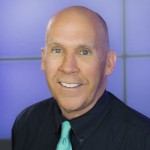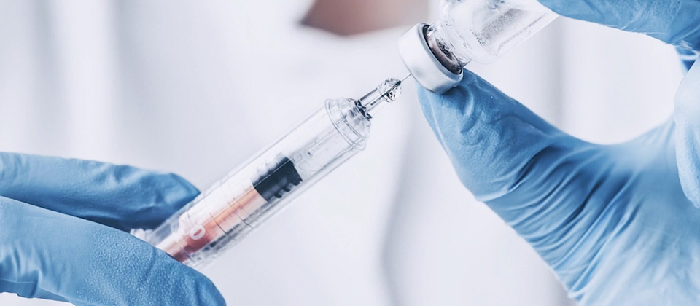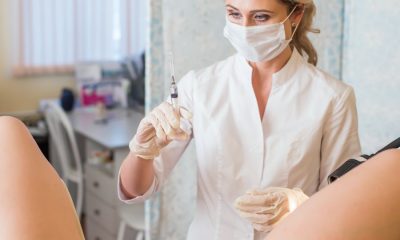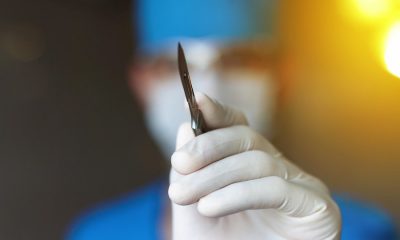Just a few years ago, there was a whisper of science fiction when it came to stem cells. Can they be used to heal and renew parts of the body? Science fiction already has turned into fact for heart fixes. Now, is the secret that’s sneaking out about using those cells to cheat father time, true?
We’ve learned a lot just in the past 10 years about the power of stem cells to keep us young and vibrant. That being said, we’ve got some distance to go until we’ve reached the “proof positive” level. Plastic surgeons historically have used tissues of human being to restore various problems on a patient’s body, many of which contain stem cells. That being noted, stem cells themselves as a procedure is still in the early stages of research.
“It’s Time to Innovate.”
While that proverbial jury is still out about whether and how stem cells may truly help everything from face lifts to mommy makeovers, board certified plastic surgeons say the time is now to see.
“If we’re not innovative and we don’t embrace research and new developments, we’d still be driving around in Model T cars around,” shares board certified plastic surgeon Dr. William P. Adams Jr. of Dallas. “But we’re on the forefront of developing things for patients, and I do think at some point stem cells are going to have a big impact on our specialty. In cardiac surgery we know that there are very high level studies that show that the benefits and if that specialty is probably closer to reality than we are in plastic surgery, but I think at some point in plastic surgery stem cells probably are going to be important.”
Austin-based board certified plastic surgeon Dr. Robert Whitfield agrees it’s time to proceed (with caution).
“If you use stem cells as your connection to the foundation of youth and you feel like that’s the next best thing to do, that’s on us to prove it does work,” Whitfield says. “As physicians and surgeons, we can’t take advantage of people and their never-ending journey for that youthful appearance without the requirement to prove these treatments are, in fact, useful.”
Dr. Whitfield speaks to the growing habit of some physicians and surgeons to market stem cell procedures – when in reality the science is far from complete. Yes, adipose-derived stem cells (stem cells found in fat) can impart some regenerative effects when that fat is grafted, but the mechanisms are not precisely known. It wouldn’t be truthful to say that a procedure will provide regenerative effects from the transplanted stem cells in the fat, but that’s not stopping some from trying.
“We need to learn how to isolate those cells and keep them and inject them appropriately for them to do all the magical things that they can do,” says board certified plastic surgeon Dr. Ashley Gordon, also of Austin. “You can’t just suck cells out and put them back in and it’s going to work.”
Beware the ‘Guarantees’ of Stem Cell Therapy
Board certified plastic surgeons, while excited about the promise of stem cell therapy in their practice, are also worried. Unregulated stem cell clinics owned by health care providers with widely varying degrees of education and experience pose a threat to patients, even if it’s only a threat of mistrust and false advertising. Promises that stem cells definitely can provide regenerative effects is dubious at best. Until more research is done, there is no sure way of utilizing their potentially magical qualities.
Bottom line: stem cell therapy remains in its infancy, but there are a growing number of cosmetic practitioners who are advertising minimally invasive, stem cell-based rejuvenation procedures regardless. With unsubstantiated claims that these procedures are safer, have equivalent or better outcomes, and faster recovery periods than conventional procedures, many of these practitioners are emphasizing profit over quality and safety. Importantly, while it is time to innovate and test stem cells usefulness in plastic surgery, board certified members of this subspecialty are urging caution.
“Remember,” says Adams. “While we are always looking for better, more effective ways to improve the appearance and well-being of our patients, their safety will always be our top priority.“

















Facebook
Twitter
Instagram
YouTube
RSS